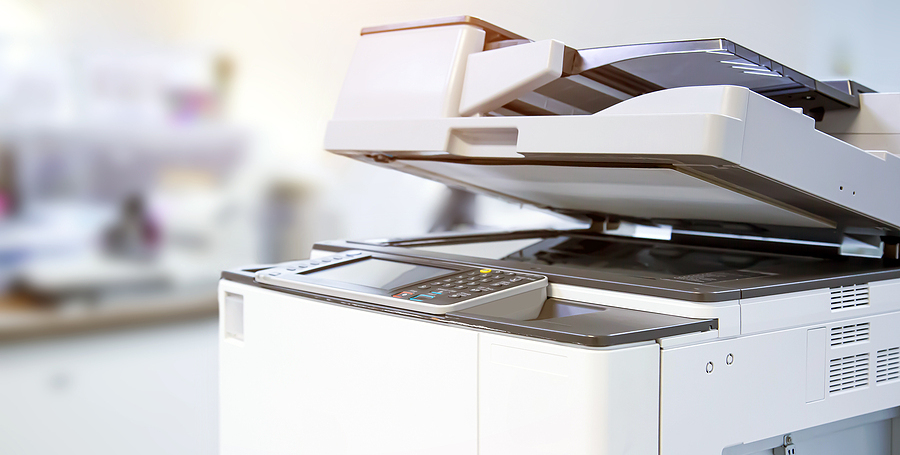The Load-Bearing Printer That Made A Computer Work
Posted on 30th June 2023 at 13:07
Many businesses need an office printer to function effectively, but there is only one major computer ever released that required a printer to actually turn on.
Depending on the nature of a particular business, an office printer is either an essential and ubiquitous piece of reliable office furniture or is effectively required for the business to function.
Even with the rise of so-called “paper-free offices”, there is a certain amount of paperwork that requires printing and handwritten signatures that likely will never disappear.
This makes printed documents and by extension a reliable and efficient printer a necessity for the business to function effectively both now and in the foreseeable future.
However, there is one printer that took the notion of necessity to its logical extreme and was not only essential but mandatory to use a certain type of computer.
This is the story of the Coleco SmartWriter, the load-bearing computer printer.
The Creation Of Adam
Originally founded as the Connecticut Leather Company in 1932, Coleco Industries was a somewhat strange entry in the computer landscape, having pivoted into computing from the toy and computer games market.
After success with The Cabbage Patch Kids and the ColecoVision video game console, Coleco were looking for a new industry to anchor themselves to.
Whilst the ColecoVision was not unsuccessful, its sales paled in comparison to the then-dominant Atari 2600, and both consoles were all but wiped out by a sudden industry crash in 1983.
Believing video games to be a fad and a spent force, Coleco used the ColecoVision as a base for a home computer system known as the Adam, which at the summer Consumer Electronic Show in 1983 immediately caught people’s attention.
The announcement was the release of an 8-bit home computer with a printer and tape drive for $525, which was cheaper than the cost of a letter-quality printer at the time, that would be released in October of that year as both a standalone computer and an expansion unit for the ColecoVision console.
The press response was very positive for the announcement with the letter-quality printer a particular point of praise. This positivity as well as a captive user base from the ColecoVision console gave the company confidence that it would sell half a million units by Christmas of 1983.
The launch, however, can only be described as an abject disaster, caused in no small part by the decision to make the computer reliant on its printer.
A complete computer and printer suite for even the ADAM’s final price of $725 was less than the lowest price letter-quality printer available at the time, and both the low cost and exceptionally fast turnaround time were demonstrated in the low-quality components and major technical issues.
In a move that has never been replicated before, the Coleco Adam’s power supply ran through the printer, rather than the main computer unit, which meant that if the printer malfunctioned or was missing, the computer simply would not turn on.
The printer caused major manufacturing delays, having frequently broken down during demonstrations, meaning that of the 500,000 units Coleco wanted to ship and sell, only 95,000 had arrived on store shelves, with so many defective units that some stores reported individual users on their sixth Adam.
After barely a year on sale, the Adam was discontinued in early 1985, having sold a total of 350,000 units, 150,000 less than the 500,000 goal by Christmas of 1983.
The Adam’s disastrous launch, along with the decline of their board game and toy divisions led to the company filing for bankruptcy in 1988.
Share this post:

